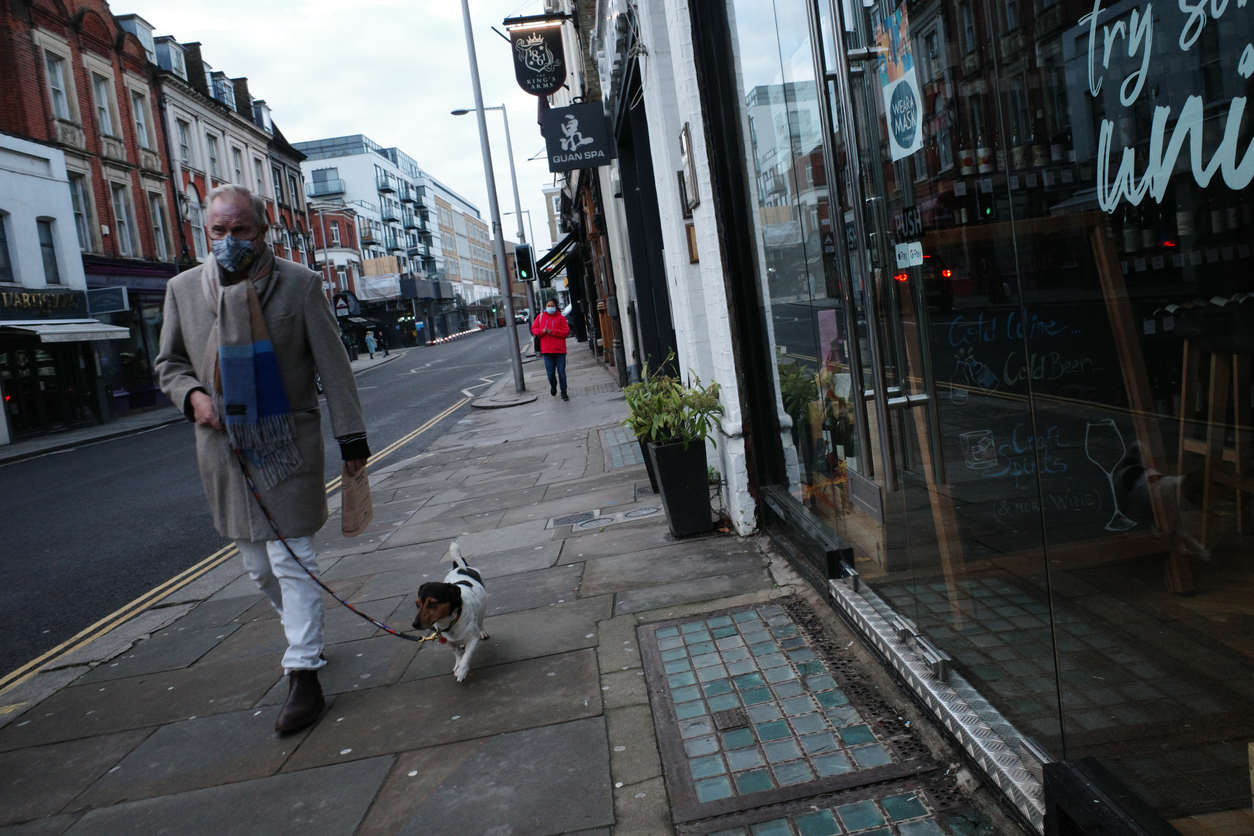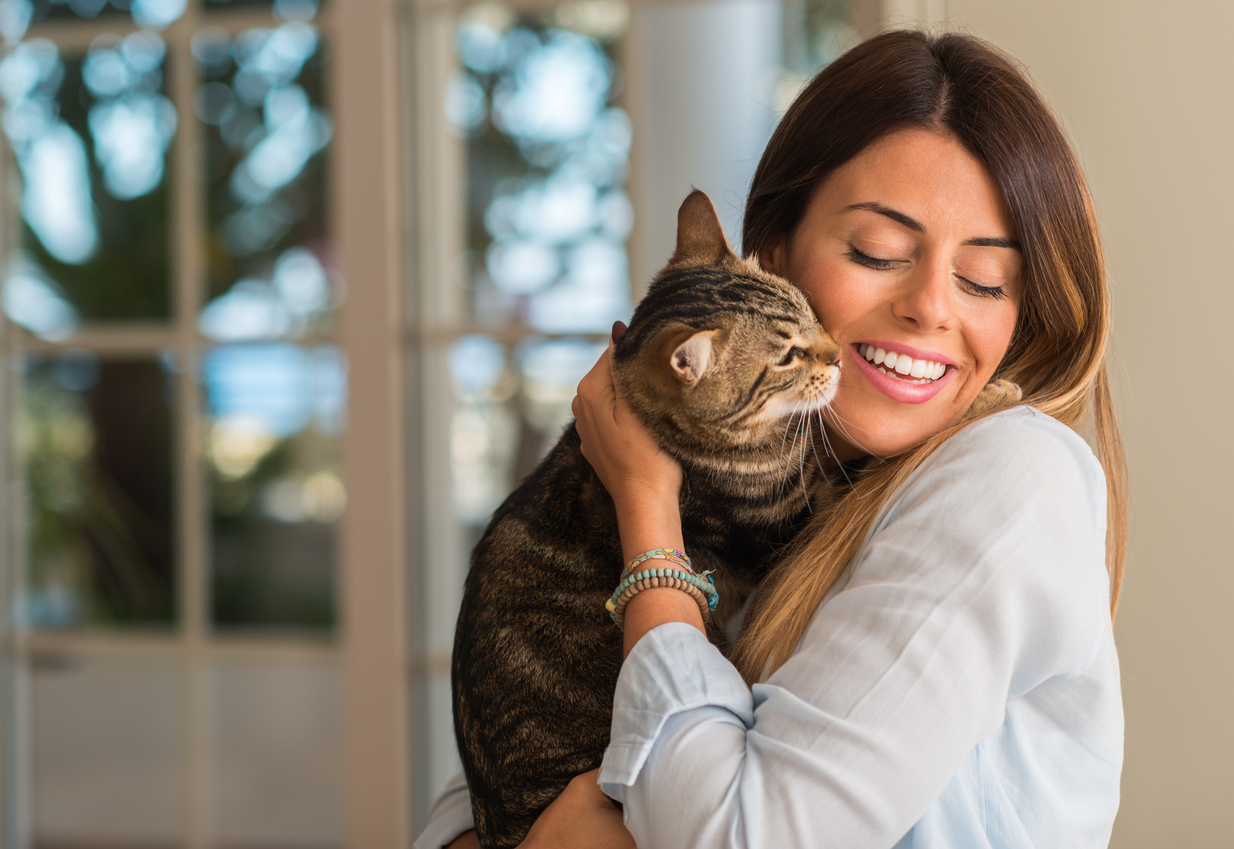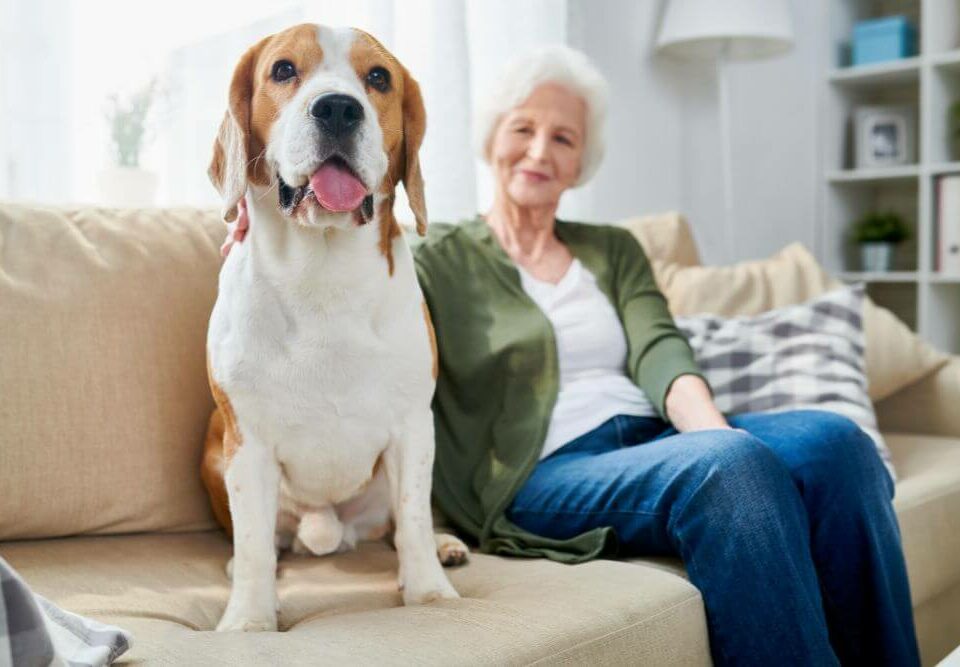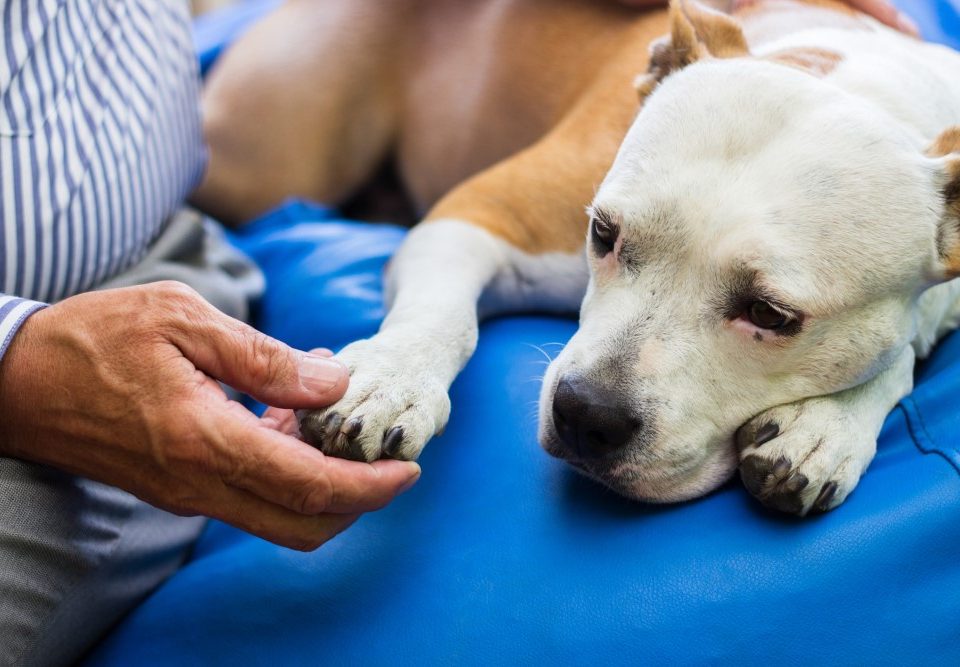
Ask Your Local London Vet – What is Kidney Disease in Dogs?
January 10, 2022
Cat Eye Discharge – What Is It and What Does It Mean For Your Feline Friend?
January 28, 2022When is the right time to put your dog to sleep?

Meeting online at home. Hand of Planner write meeting agenda at Calendar. Business Woman playing with dog and plan daily appointment in diary at home office desk. Reminder event concept.
When is the right time to put your dog to sleep?
When you have a heart-breaking decision to make about putting your dog to sleep your vet is there to help. It’s important to plan the end-of-life treatment in advance – then you can be sure you’re meeting your dog’s needs and maintaining a good daily lifestyle. There are lots of questions you’ll need to ask – and get answers that remove guilt and anxiety. Here’s a when to put your dog down checklist to guide you…
When is the Right Time to Put Your Dog to Sleep?
Some of the common reasons to put your dog down include advanced age, terminal illness, intractable pain etc. There are some situations when putting a dog down is the only solution – and most of these reasons include when your dog is:
- Critically injured and won’t be able to survive
- In chronic pain that can’t be managed
- Just existing rather than enjoying a quality of life
- Very old and struggling
- You’ll need to discuss the following difficult situations with your vet when:
- Chronic pain can be relieved with medication or treatment
- A terminal illness is diagnosed but symptoms aren’t apparent
- Drinking and appetite are reducing with incontinence increasing
- Visits to the vets are regular and filled with anxiety and stress
How to Calculate Quality of Life
Your vet may advise you to use a quality of life scale for dogs known as HHHHMM that helps you assess the following factors – all scores are based on a scale of 1 – 10:
- Hurt. Adequate pain control can be given via oxygen at home which is ranked as a vital pain management strategy allowing your dog to breathe properly, or by oral or injectable medication
- Hunger. Hand feeding can be tried initially, followed by blended or liquid diets, and then tube feeding
- Hydration. Helping to hydrate a dog that can’t drink properly may be provided by fluid given under the skin
- Hygiene. A diluted solution of lemon juice and water can clean discharge and matted coats. It’s important to regularly change bedding, and turn bedridden dogs often to prevent bedsores
- Happiness. If your dog isn’t experiencing joy, mental stimulation or family interaction you need to help with activities and company to prevent depression
- Mobility. You can use a sling or harness for smaller dogs, and other support options such as carts and wagons for larger breeds to let your dog keep active and work through mobility issues
More good days than bad. Bad days may include nausea and vomiting, unrelenting pain, and difficulty breathing – the quality of life suffers when there are many bad days one after another
Common Signs of Distress
You know your dog better than anyone but often you can’t tell the level of pain – look out for:
- Vomiting and retching
- Loss of appetite and thirst
- Crying when touched or moved
- Hiding and excessive sleeping
- Rapid breathing
- Shaking and shivering even when it’s warm
- A rigid distended tummy
- Excessive panting and drooling
Alternatively, you can try the When to put your dog down quiz. The idea is to make sure that your animal family members are safe and free from pain. Our Quality of Life questionnaire will help you understand what to expect and look for as your pet’s life begins to draw to a close.
Making Preparations
When you decide that it’s in your dog’s best interest to gently euthanize you need to make arrangements with your vet. Cloud 9 Vets is a trusted provider of gentle pet euthanasia at home – and this may be the best way to ensure your dog is spared any unnecessary suffering. The vet will take the utmost care and consideration for both you and your dog. The vet appreciates you’ll experience overwhelming grief and sadness.
You’ll be able to comfort your dog whilst your vet administers the initial sedative before delivering the second injection – and your dog won’t feel any pain at all. Your vet will also help you with the cremation following the procedure. You can choose to have your dog’s ashes returned to you to spread in a favoured place.




